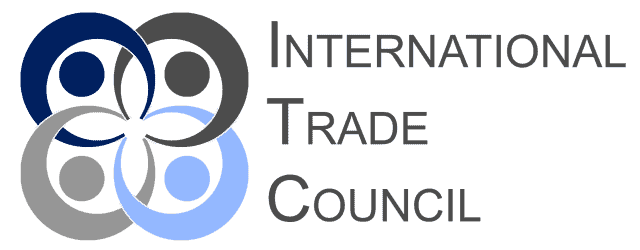India and the United Arab Emirates (UAE) have decided to settle crude oil transactions using their national currencies: the Indian rupee and the UAE dirham. This move follows the Memorandum of Understanding (MoU) that was signed when Prime Minister Narendra Modi visited the UAE on July 15.
This MoU led to the establishment of the Local Currency Settlement (LCS) System, supported by the Reserve Bank of India and the Central Bank of the UAE. This system enables cross-border transactions to be conducted in the Indian rupee and the UAE dirham.
Using this LCS system is expected to decrease transaction times and costs. By sidestepping intermediary currencies, both nations could reduce foreign exchange expenditures. This approach also offers an opportunity for surplus balances in the local currencies to be directed towards various domestic assets, such as corporate bonds, government securities, and equity markets.
The aforementioned transaction involving crude oil is expected to act as a foundation for similar future transactions. An early transaction between the two countries using their national currencies involved the sale of 25 kilograms of gold by a UAE gold exporter, valued at roughly Rs 128 million ($1.5 million). Considering the volume of trade in gold, gems, and jewelry between India and the UAE, such transactions indicate the potential of this approach. The bilateral trade between the two nations was valued at US$ 20 billion last year, constituting around 42 per cent of the total non-oil trade between them.
India has recently made efforts to increase the use of its national currency, the Indian rupee, for international transactions. By collaborating with banks across 22 countries, India has set up special rupee vostro accounts in domestic banks to encourage trading in national currencies.
The adoption of the LCS system between India and the UAE could potentially influence trade practices and the direction of global trade.
